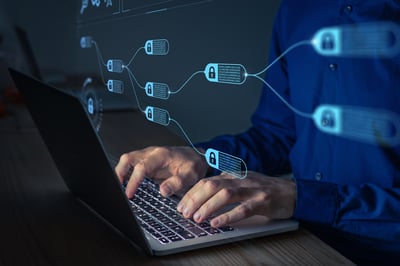 Forced verification fraud and deepfake fraud are on the rise in the US and Canada, according to researchers at Sumsub. Pavel Goldman-Kalaydin, Sumsub’s Head of AI & ML, explains that forced verification involves bypassing biometric data checks.
Forced verification fraud and deepfake fraud are on the rise in the US and Canada, according to researchers at Sumsub. Pavel Goldman-Kalaydin, Sumsub’s Head of AI & ML, explains that forced verification involves bypassing biometric data checks.
“We’ve seen a pattern of forced verification globally, when it is visible that a person whose photo is taken or who’s passing the liveness check is doing so involuntarily while being held by others’ force,” Goldman-Kalaydin said. “It is alarming that the proportion of such fraud is growing. Likewise, sometimes the person being verified is obviously unconscious—maybe sleeping, maybe not feeling well, or maybe under the influence of substances. This means that he or she is not actively and agreeably participating in the KYC (Know Your Customer) process, which may lead to crime and financial fraud, for example, if not detected and stopped in time. Luckily, such cases are not yet very common, but their existence is a red flag.”
The researchers also found that the use of deepfakes for fraudulent purposes more than doubled in the first quarter of 2023 compared to the previous year.
“Deepfakes have become easier to make and, consequently, their quantity has multiplied, as is also evident from the statistics,” Goldman-Kalaydin stated. “To create a deepfake, a fraudster uses a real person’s document, taking a photo from it and turning it into a 3D persona. Anti-fraud and verification providers who do not work constantly to update deepfake detection technologies are lagging behind and put both businesses and users at risk. Upgrading deepfake detection technology is an essential part of modern effective verification and anti-fraud systems.”
The researchers note that the most popular hour for committing fraud in Q1 2023 was “12 p.m. Eastern Time in the U.S. and 4 p.m. Eastern Time in Canada.”
New-school security awareness training can give your organization an essential layer of defense by enabling your employees to thwart evolving social engineering tactics.




